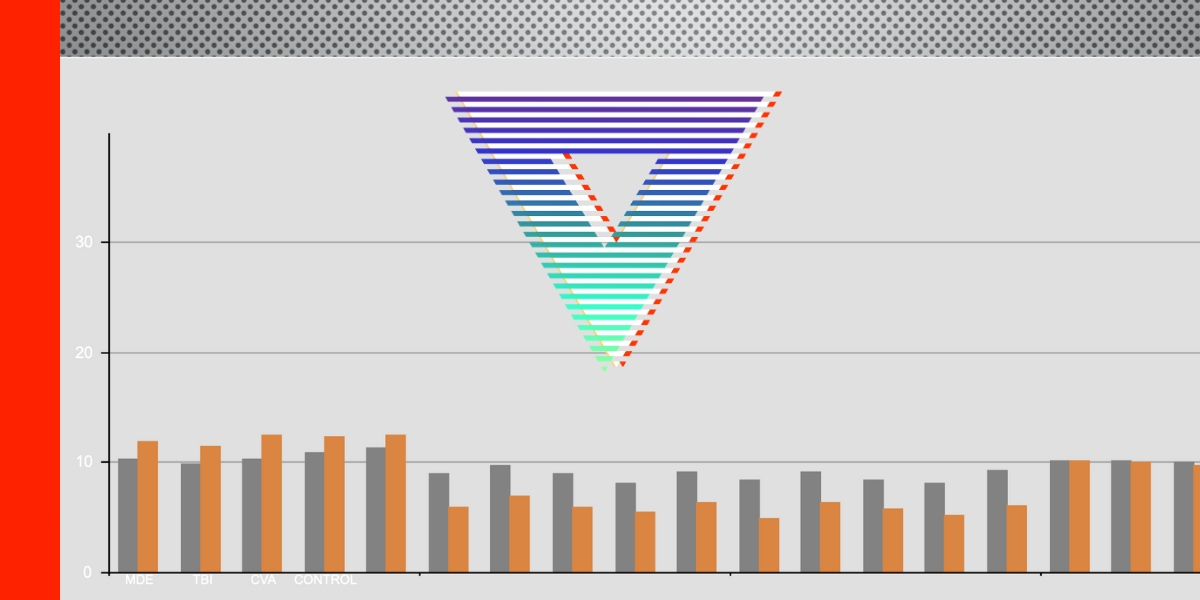Update on delayed cerebral ischaemia by Christopher Andersen.
Chris provides a brief update on some of the postulated underlying mechanisms involved in subarachnoid haemorrhage associated brain injury.
Notably, these mechanisms provide hints to future therapeutic targets that will hopefully expand our currently limited repertoire of options.
Subarachnoid haemorrhage is a catastrophic type of stroke. It represents only 5% of the total stroke burden, however, it is most common in people aged 40-60 years. As a result, it has a disproportionate impact from a personal, social and economic perspective.
Moreover, subarachnoid haemorrhage classically presents as a thunder clap headache and loss of consciousness. Unfortunately, it has high morbidity and mortality rates.
The limited research in this area provides an opportunity to improve the management of these cases.
Further, the key is understanding the link between early brain injury and why we develop delayed cerebral ischemia. How can we stop this from happening? How can we better understand why good brains go bad?
From #CodaZero Live, Christopher Andersen provides an update on delayed cerebral ischaemia. Join Chris as he looks for future treatment options through the mechanism of brain injury in subarachnoid haemorrhage.
Finally, if you enjoyed this podcast and you are looking for more, head to our podcast page. #CodaPodcast





